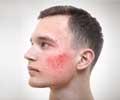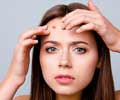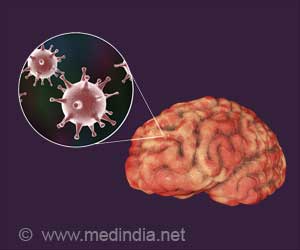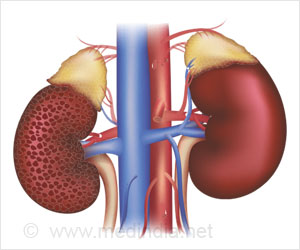While it is estimated that more than 75 per cent of the world’s population is affected by acne at some point during their life, there is still no
While it is estimated that more than 75 per cent of the world’s population is affected by acne at some point during their life, there is still no cure. Now several laser and light-based technologies to improve mild to moderate acne in a few treatment sesions, and with no known systemic side effects.
Speaking at the American Academy of Dermatology’s Derm Update 2002, dermatologist Arielle. N.B. Kauvar, clinical associate professor of dermatology, New York University School of Medicine, New York, discussed how dermatologists are using laser technology to treat acne by altering the biological mechanisms responsible for this common condition.Acne is a chronic inflammatory disease of the sebaceous hair follicles. Each follicle contains a tiny hair and multiple sebaceous glands. Under normal circumstances, sebum, the oily substance made by the sebaceous glands, travels up the hair follicle and out to the skin’s surface. However, with acne, sebum is trapped within the follicle and skin bacteria multiplies within the clogged pores.
Acne develops on those areas of the skin where sebaceous glands are most numerous: the face, scalp, neck, chest, back, and upper arms and shoulders. Acne typically begins in adolescence, although onset in the twenties or thirties is common. One approach to treating acne is to target the bacteria that produces the inflammation associated iwth acne known as Propionobacterium Acnes, or P. Acnes.
P. acnes releases porphyrins, which are naturally occurring molecules in the body. When porphyrins absorb certain wavelengths of light, free radical damage is produced which destroys the bacteria. The molecules Prophyrins absorb light best in the blue wavelength range - 400 nm to 430 nm. A low intensity blue light source (405 nm to 420 nm) has been studied for the treatment of mild to moderate in flammatory acne.
In the study, two 15-minute exposures a week for a period of four weeks produced a 60 per cent reduction in acne in 85 per cent of patients. Reported remissions from acne lasted as long as three to eight months. Another way to terat the common condition of acne using laser is to damage to sebaceous glands by a thermal or heat effect. Skin biopsies performed immediately after treatment showed heat-induced alterations of the sebaceous glands, reducing the amount of oil produced.











